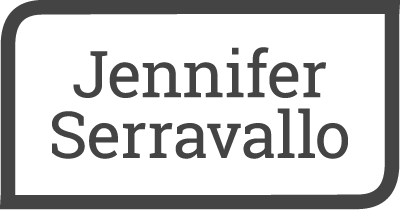Using Vocabulary Strategies for Independent Word Learning
by Gabriel Ortiz
Let’s face it. Vocabulary instruction is difficult. As a literacy teacher, I recognize its vital importance for students at any level of acquisition. A reader’s ability to understand vocabulary and language in a text impacts reading comprehension (Stanovich, 1986). Still, it can feel like a monolith that is impossible to scale.
Over the past twenty-years, I have tried several techniques to make vocabulary a prominent place in my classroom. I have utilized word walls and vocabulary notebooks; I have used semantic mapping, Frayer diagrams and graphic organizers; I have engaged my students in word study and word sorts; I have taught vocabulary through music and dance and Reader’s Theatre. Some techniques I continue to use, others have fallen by the wayside, and every now and then, one or two of them make a reappearance. But, the responsibility was always mine to choose the words and teach the words.
Until I learned another way – teach children strategies to be independent.
In episode 5 of To the Classroom, Jennifer Serravallo speaks with researcher and author Freddie Hiebert about small shifts in vocabulary instruction that can have a big impact on students’ word learning. Hiebert contends that there are tons of words that children will encounter in their reading—“more words” she says, “than we, as educators, can ever teach.” Therefore, we need to instruct them in orthography, morphology, and context, and give them strategies to practice using that knowledge.
Here are three specific vocabulary strategies from Chapter 11 of Jennifer Serravallo's The Reading Strategies Book 2.0 that strongly align with Hiebert's advice:
Strategy 11.1 – Be Word Conscious and Word Curious
Hiebert stresses the importance of approaching new words with curiosity and awareness. This strategy encourages readers to read with awareness. They should expect to learn new words or come across familiar words used in a new way as they read. When a new word or phrase is encountered, they should take the time to use strategies to try to figure out what it means or keep track of it as they read to learn more about it.
Strategy 11.12 – Look for Word Part Clues: Prefixes and Suffixes
Hiebert advises using knowledge of morphology and context to figure out new words. She believes that this small teaching decision can have a bigger impact than teaching words individually. This strategy teaches readers to identify parts of a longer word – the prefixes and the suffixes – then think about the meaning of each of those parts, before putting them back together.
strategy 11.18 Read Up a Ladder
During this podcast, Hiebert references a study by Tanya Wright and Gina Cervetti that emphasized the significance of using conceptually coherent, or related, texts to enhance student comprehension and learning of complex concepts. This strategy encourages students to select different books on the same topic, read the easiest books first, collect words and definitions that are important on the topic, and then read more challenging texts, using the prior book to remember word meanings.
While we can’t teach students every word, Hiebert says that "there's so much that we can teach kids about how to think about words, and how to think about reading." Teaching vocabulary doesn’t have to feel like scaling a monolith. We can readers in our classrooms accountable to their own learning by giving them the precise tools they need to explore this wonderful world of words.
Referencess:
Serravallo, Jennifer (2023). The Reading Strategies Book 2.0.
Stanovich, K.E (1986). Reading Research Quarterly, 21(4), 360-407.

